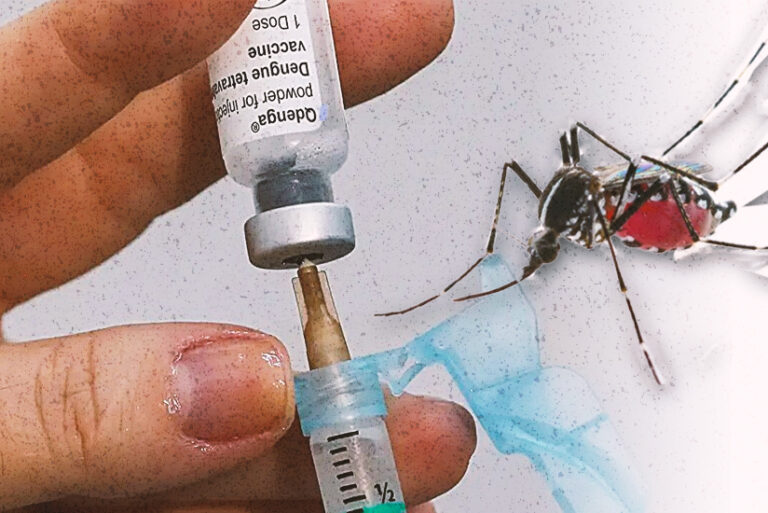By Evangeline T. Capuno
[Trigger warning: This article contains themes of self-harm and suicide. -Ed]
The country was shocked when it was reported that Kristel Tejada, a 16-year-old Behavioral Science major student at the University of the Philippines in Manila, committed suicide. allegedly because she was not able to pay for her tuition fee, and was forced to take a leave of absence.
“I love my family very much, and all those who love me,” Kristel wrote in her suicide note which was found in the pocket of her pants. “I just could not take it anymore. I hope that they will forgive me and pray for me. Thank you for everything and we will see each other again. Sorry but I really need to do this.” The words were written in red. “Remember: Without true love, we’re nothing,” she said in her suicide note.
Close to one in five Filipino youth aged 15-24 has considered ending their life, according to the 2021 Young Adult Fertility Study, the fifth in the series of nationwide surveys on Filipino youth conducted by the University of the Philippines Population Institute. “The share of youth who have ever experienced suicidal ideation and suicide attempt more than doubled between 2013 and 2021, and the corresponding percentages among female youth are twice as high as that of male youth,” the study stressed.
Six in 10 of those who ever thought of committing suicide did not reach out to anyone about it, the study showed. The few who did so mostly sought help from close friends and peers (25%), followed by parents/guardians (7%), and other relatives (5%).
“Suicide as a cause of death among young people is increasingly becoming a problem in the Philippines,” wrote Mark Anthony Mujer Quintos in his study of predictors of suicide ideation among the Filipino youth.
Suicide is the ninth leading cause of death among those aged 20-24 since 2003 “and responsible for approximately one out of every three deaths among Filipinos aged 10-24,” Quintos said in his study which was published in Journal of Multidisciplinary Studies.
But it’s not only young people who are committing suicide. Even adults do, too. In 1993, the Geneva-based World Health Organization (WHO) reported the Philippines had suicide rates (per 100,000) of 2.5 for men and 1.7 for women.
“Certainly, the actual rate in the Philippines is probably higher, with many doctors agreeing not to report deaths as suicides because of the stigma. But even if we could get the true figure, it would probably still be relatively low,” Dr. Michael Tan wrote in his weekly column.
Major public health problem
Suicide is a major public health problem, according to the World Health Organization (WHO). “Each year more than 700,000 people take their own lives,” the United Nations health agency said. “It is the fourth leading cause of death among 15–29-year-olds. Not only is each loss of life tragic in itself, but it also has profound and devastating effects on families and entire communities.”
Suicide can be linked to multiple, complex, and intersecting social, economic, cultural, and psychological factors and challenges, including the denial of basic human rights and access to resources as well as stressful life events such as loss of livelihood, work or academic pressures, relationship breakdowns and discrimination, among others.
“Each death by suicide is a tragedy, and more must be done to strengthen suicide prevention,” said Dévora Kestel, Director of WHO’s Mental Health and Substance Use.
Decriminalization of suicide
Recently, the WHO launched a program that provides important guidance on two areas which are critical to suicide prevention efforts: decriminalization of suicide and suicide attempts, and responsible reporting of suicide by the media.
Suicide and suicide attempts are criminalized in the laws of at least 23 countries worldwide and suicide attempts continue to be actively punished in some of them. The criminalization of suicide perpetuates an environment that fosters blame towards people who attempt suicide and deters people from seeking timely help due to the fear of legal repercussions and stigma.
Drawing on the experiences of countries that have recently decriminalized suicide and suicide attempts, the WHO policy brief on health aspects of the said decriminalization sets out recommendations for policy-makers, legislators and other decision-makers considering reform in this area.
Key recommendations focus on developing national suicide prevention strategies; budgeting for ‘post-decriminalization’ training for first line responders; establishing rights-oriented community-based mental health services; formulating new mental health related laws and policies that promote quality care, and advocate for the rights of persons with mental health conditions and psychosocial disabilities.
“Criminalizing suicide only serves to exacerbate people’s distress,” said Nathalie Drew Bold, WHO Technical Officer. “The decriminalization of suicide and suicide attempts is a critical step that governments can take in their efforts to prevent suicide. WHO is committed to supporting efforts to decriminalize suicide.”
The policy brief also sets out how decriminalization saves lives by reducing the stigma and shame associated with suicide and promoting an environment where people feel able to seek help; allowing for improved data collection on suicide and suicide attempts which can better inform appropriate interventions; and by increasing opportunities for awareness-raising and advocacy around suicide prevention.
Responsible reporting
Meanwhile, the fourth edition of Preventing suicide: a resource for media professionals, produced in collaboration with the International Association for Suicide Prevention, summarizes current evidence on the impact of media reporting of suicide, and provides practical guidance for media professionals on how to report on suicide responsibly.
“Responsible media coverage of suicide is an important tool in our collective suicide prevention efforts. By using this resource, media professionals can help minimize imitative behaviors through accurate, appropriate, and empathetic reporting on suicide, and encourage people to seek vital help,” said WHO scientist Dr. Alexandra Fleischmann.
There is overwhelming evidence that the media can play a significant role in either strengthening or undermining suicide prevention efforts. For example, evidence shows that vulnerable persons (such as those with a history of suicide attempts or thoughts, or those exposed to suicide) are at an increased risk of engaging in imitative behaviors following media reports of suicide – particularly if the coverage is extensive, prominent, sensational, explicitly describes the method of suicide, makes suicide appear to be normal, or perpetuates widely-held myths about suicide. The resource offers guidance on how to ensure that reporting on suicide is accurate, responsible, and appropriate.
The resource also highlights increasing evidence that reporting focused on survival and resilience can lead to positive imitative behaviors and can contribute to suicide prevention. It also sets out guidance on how to report on stories on recovery and mental and emotional well-being. – ###








